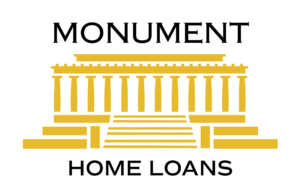What’s a barndominium?
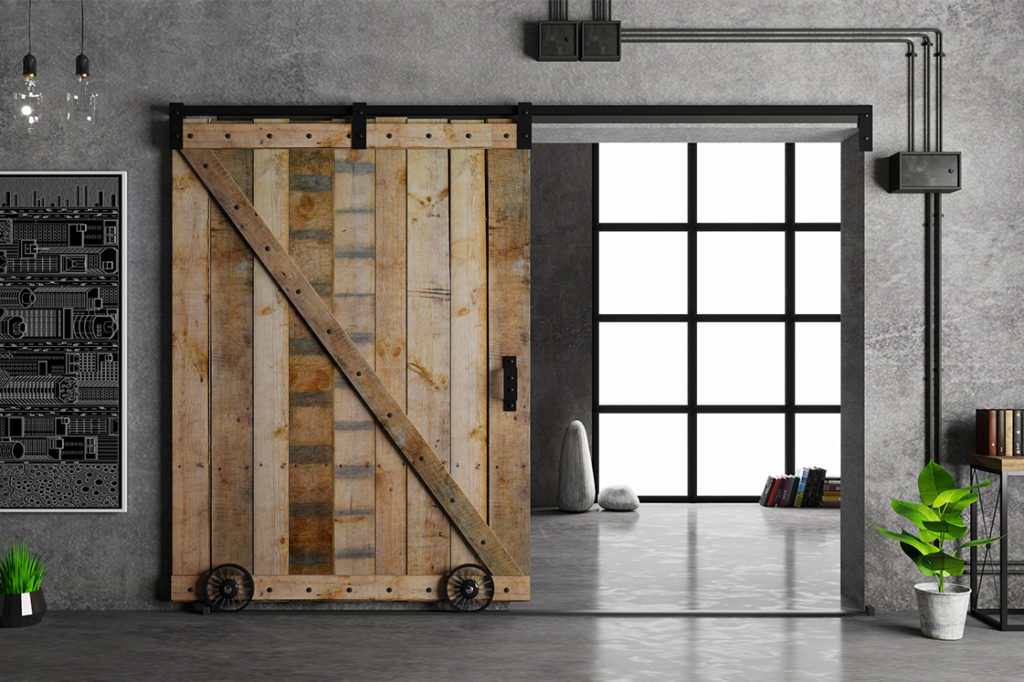
A Barndominium a trendy new type of home that’s gaining popularity. They’re usually defined as an energy-efficient low maintenance metal building you can live in. Think of a warehouse or metal barn with the inside transformed into living quarters. That’s a barndominium. Sometimes they have an attached shop, horse stable, or garage. Sometimes not. The […]
What Is Mortgage Insurance?

Mortgage insurance is an insurance policy that benefits the lender in the case a borrower defaults, dies, or is otherwise unable to meet the obligations of their loan. If that should happen, the insurance company would pay the lender a portion of the principal balance of the loan. The insurance policy is paid for by […]
Tips for first-time home buyers

Whether it’s your first time buying a home or it’s been a few years since you last bought one, knowing where to start is your first step towards finding a home that fits your needs. Save for a down paymentThe amount of money you’ll need for a down payment depends on the type of loan […]
The difference between a 30 and 15-year fixed mortgage

A mortgage term is how long it will take you to repay the loan in full. There are a few term options, but most common are 15 or 30-year terms. Both mortgage options are fixed rate meaning the interest rate and monthly payment is set when the loan is taken. A fixed-rate makes it much […]
Financial benefits of owning a home
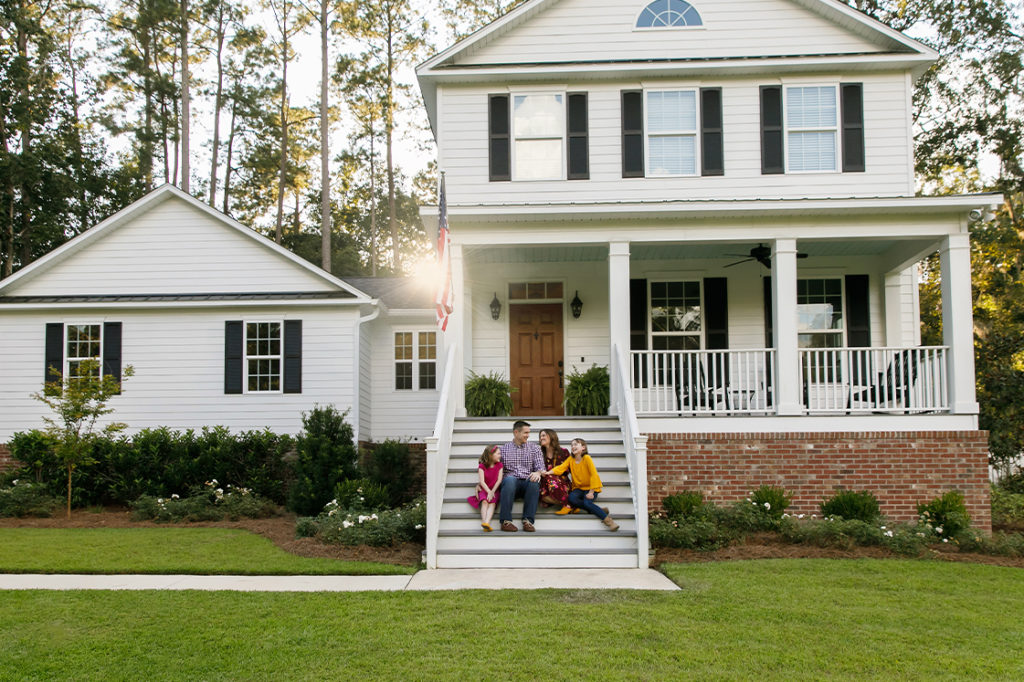
Buying a home has long been considered part of the American dream. But when you consider a home as a financial investment, is it a good choice? Below is a review of some big financial benefits of homeownership. Build equity Equity is the value of the property you actually own. As example, if your home […]
Conforming loan limits for 2021
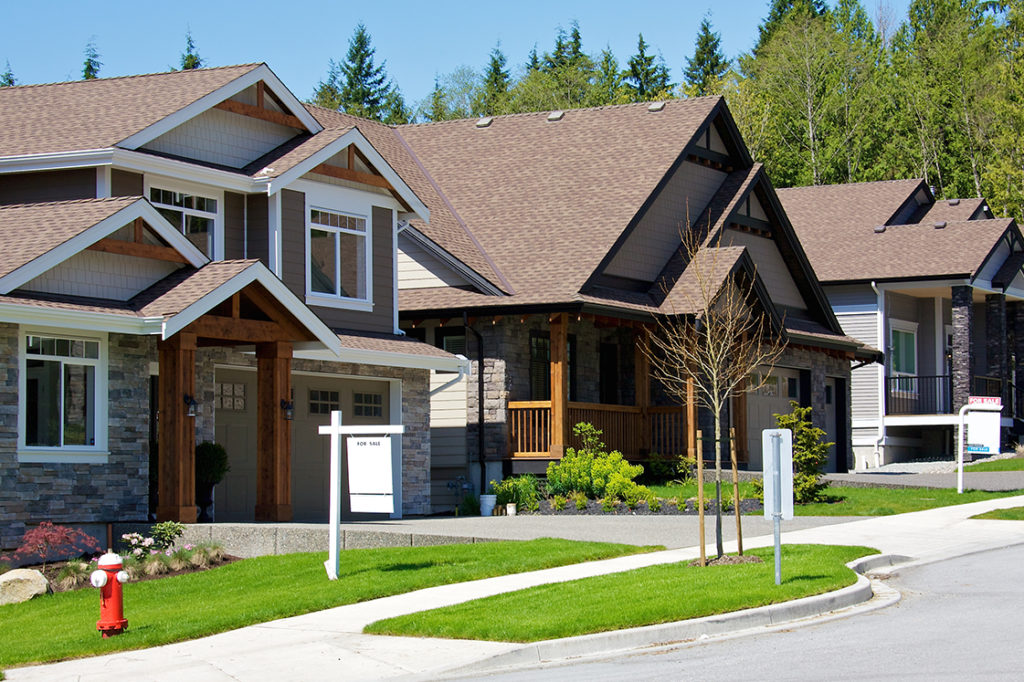
When applying for a mortgage, one of the most popular options is a conforming loan. These loans are called “conforming” because they conform to the guidelines set by Fannie Mae and Freddie Mac, federally backed home mortgage companies created by the U.S. Congress to boost homeownership. What do Fannie Mae and Freddie Mac Do?These entities […]
5 tax deductions homeowners can use
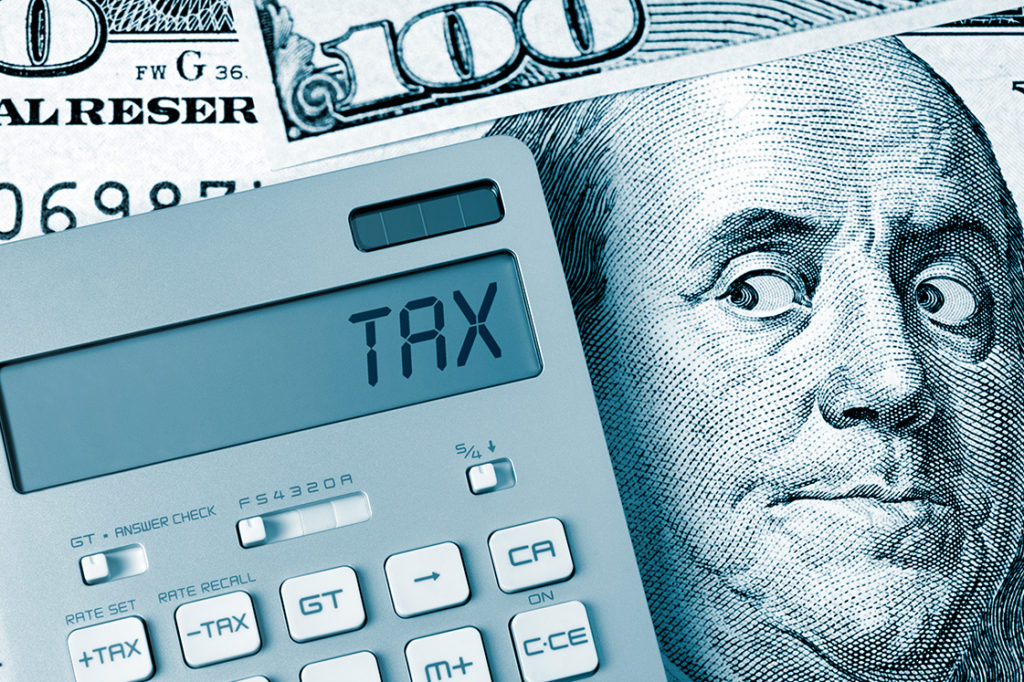
One of the perks of being a homeowner is getting to use your home for tax deductions. Tax deductions reduce how much you pay in taxes by lowering your taxable income. When filing your annual taxes, you can use standard or itemized deductions. Standard deductions are a set amount deducted from your adjusted gross income […]
Buying a house when you have student loan debt

More than half of all college students have taken on some form of debt in order to pay for their education – mostly through student loans. The average outstanding amount owed? Between $20,000 and $24,999. If you’re among those that have student loan debt, what are your options for getting a home loan? Do lenders look at debt? When issuing credit, lenders biggest concern is […]
Buying a home during a pandemic

There’s no doubt that Covid-19 has impacted how Americans are buying and selling their homes. Social distancing rules, historically low interest rates, and more people working from home have all changed, but certainly not stopped, home sales. What homebuying trends can we expect to continue through 2021? Virtual home tours Don’t assume you’ll be able to attend open houses or leisurely tour homes on […]
Buying a second house using a home equity loan
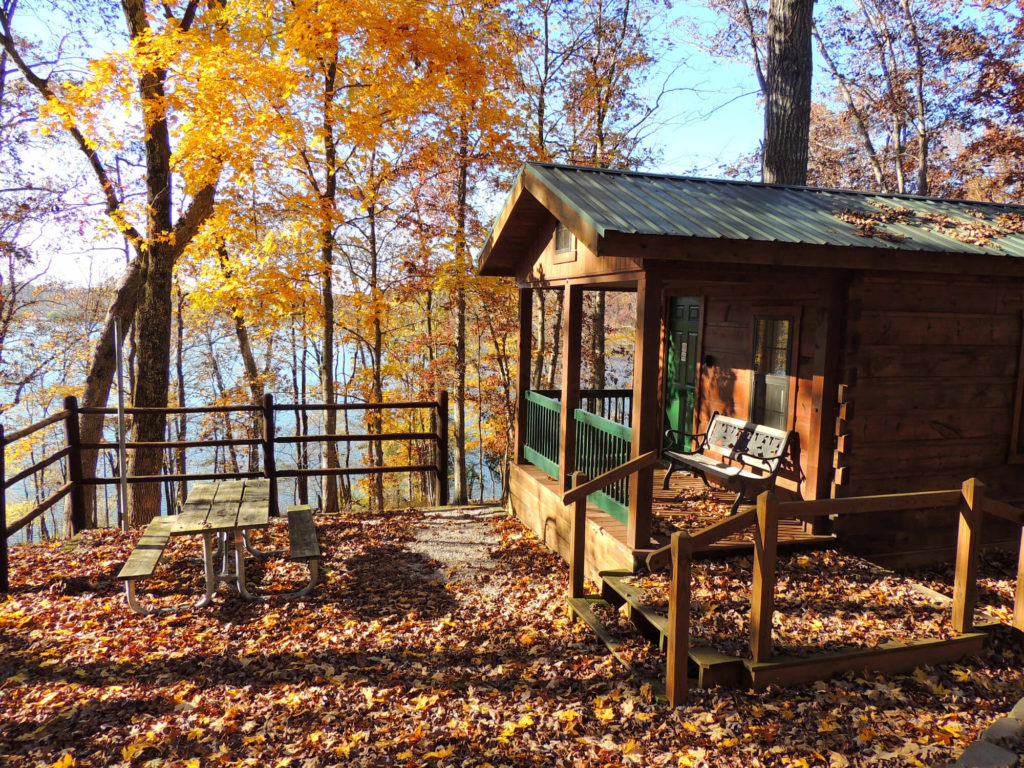
Purchasing a second or a vacation home is a dream for many people. But saving enough for a down payment may be a considerable barrier. A home equity loan could be the solution. If you own a home and you’ve built equity in it, it may make sense to use that equity as the down […]

